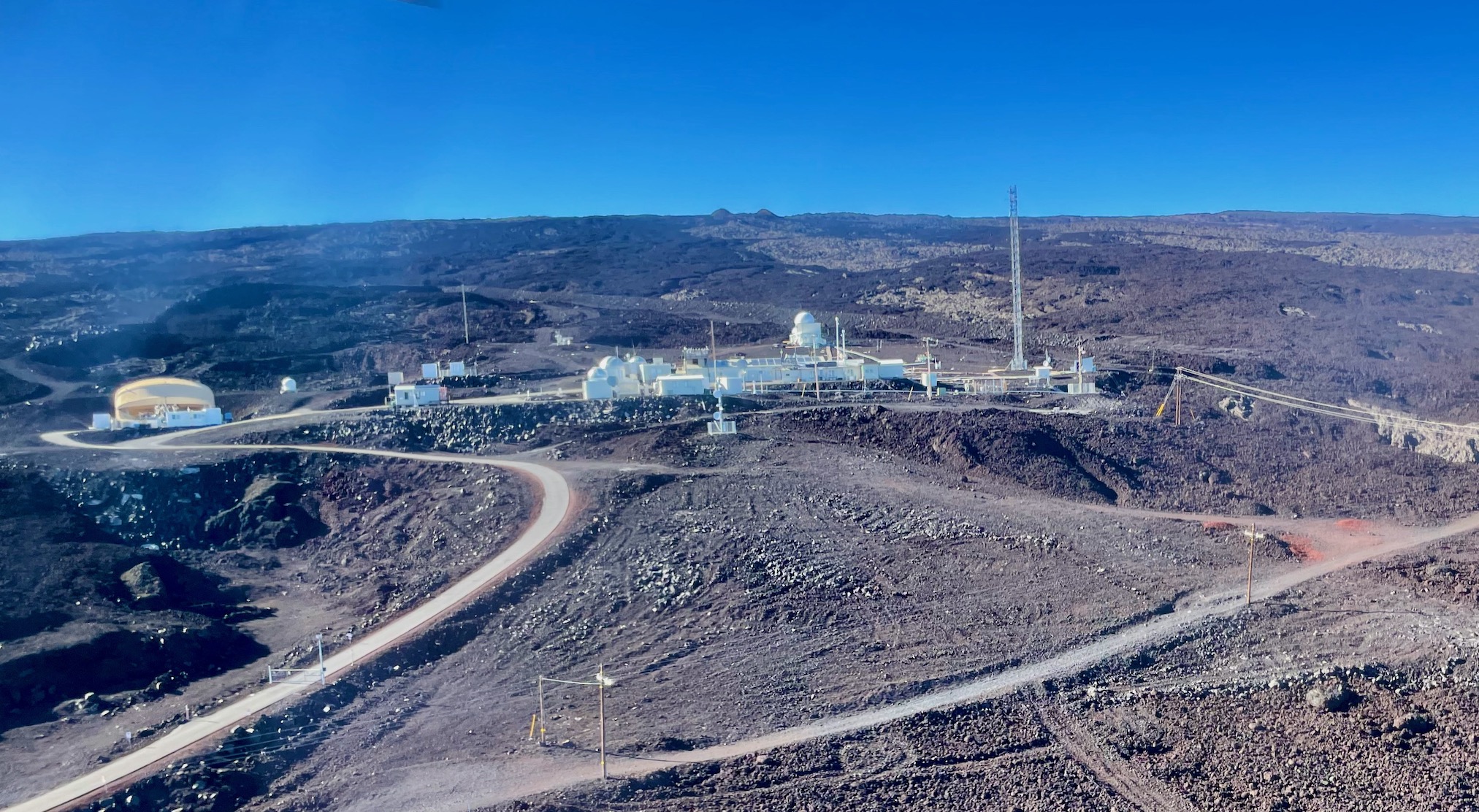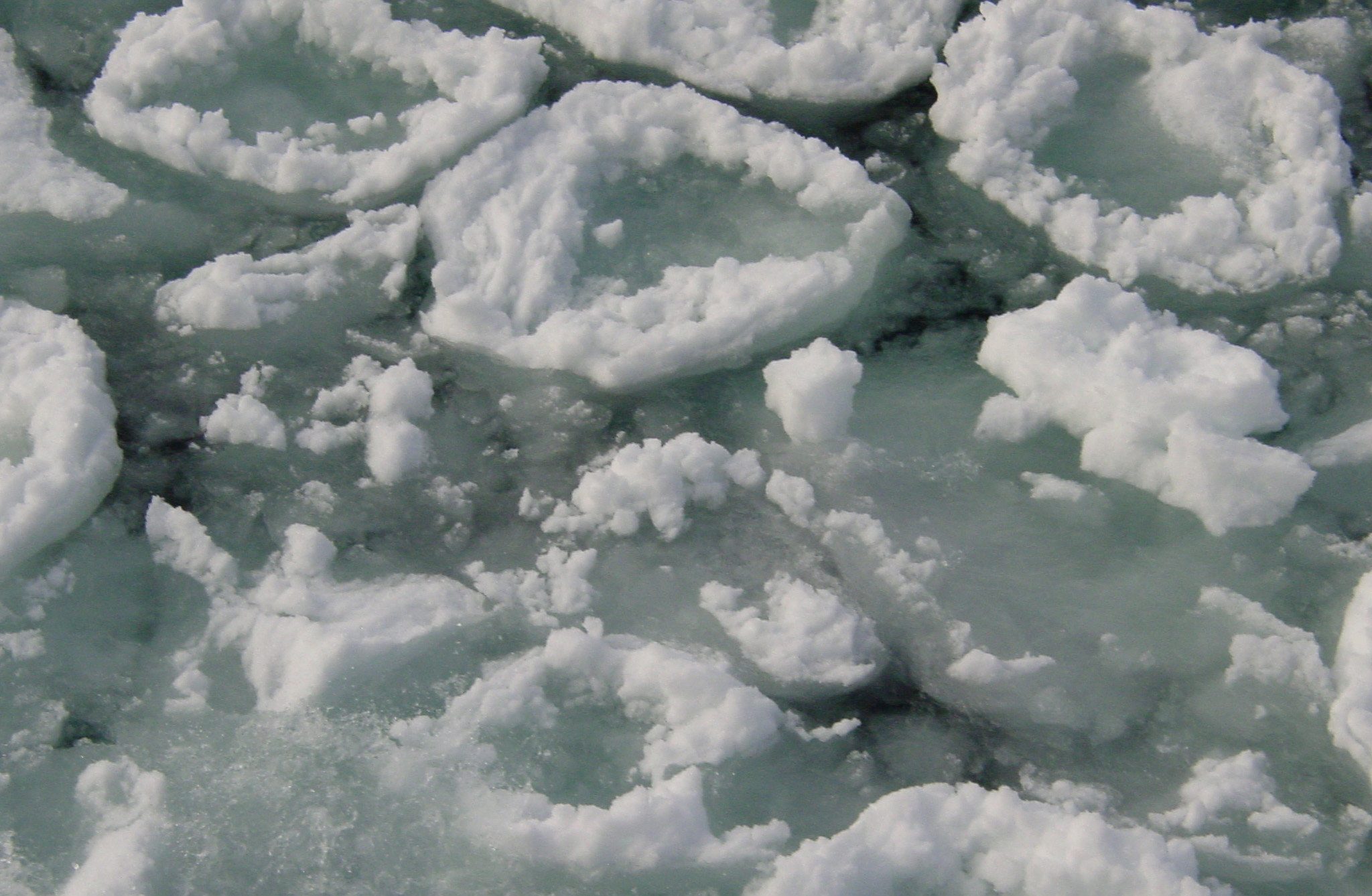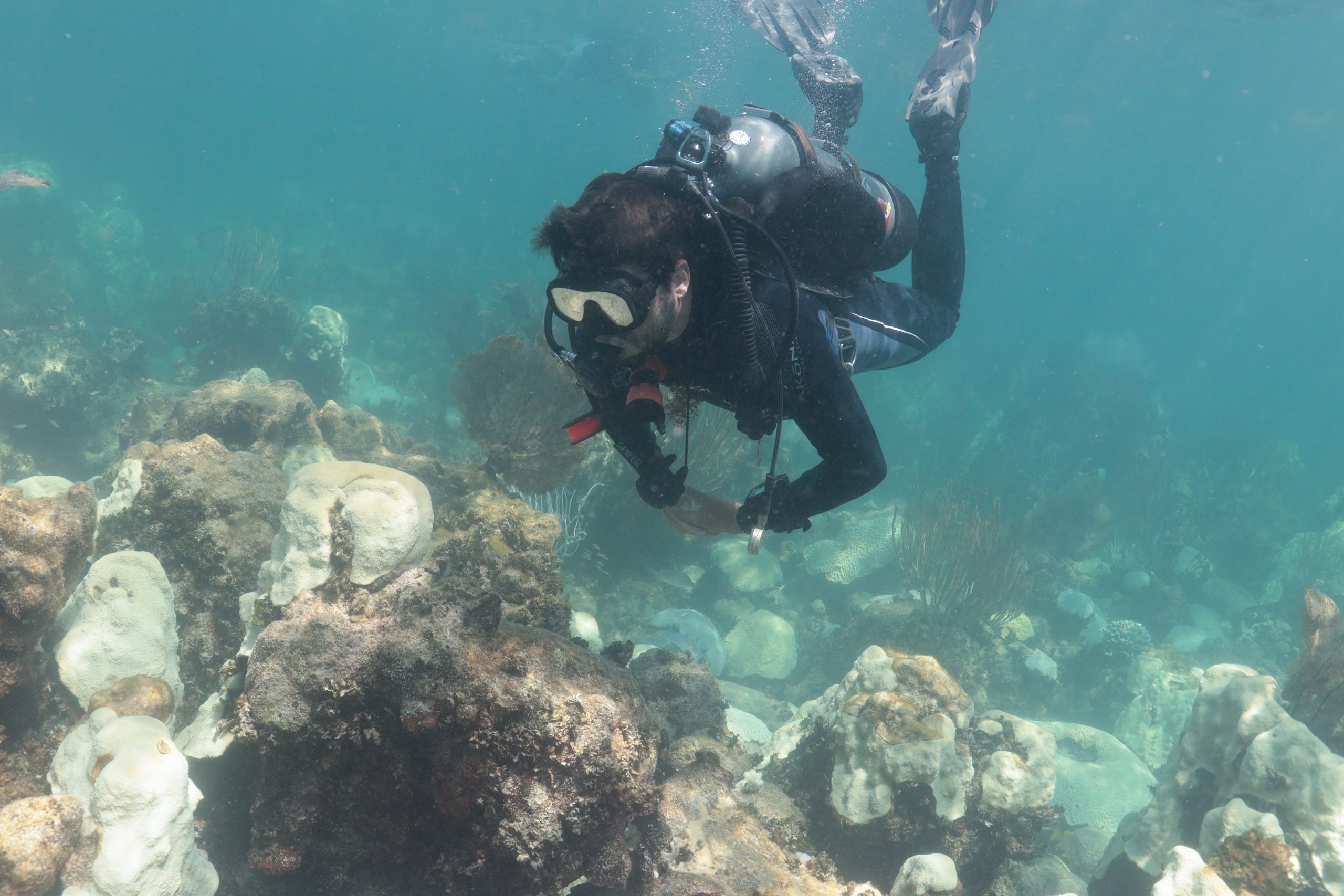Record-breaking marine heatwaves, increasing greenhouse gas concentrations, an above average hurricane season, and numerous deep sea discoveries made 2023 a busy year for NOAA Research. Let’s explore some of our top stories from this year!
Marine Heatwaves
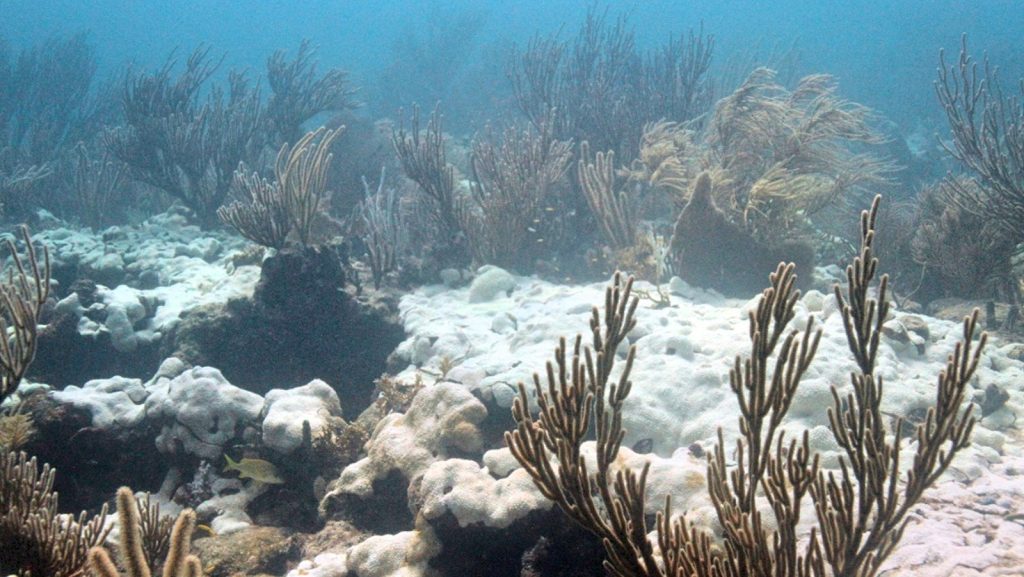
About 90% of the excess heat from global warming has been absorbed by the ocean, causing marine heatwaves to become about 50% more frequent over the past decade. This summer, news headlines reported on unprecedented marine heatwaves roiling the Caribbean and Gulf of Mexico. NOAA scientists were quick to jump into action to investigate the causes of these events and their impacts on the local marine environments, as well as collect coral samples that had not fallen victim to bleaching due to thermal stress.
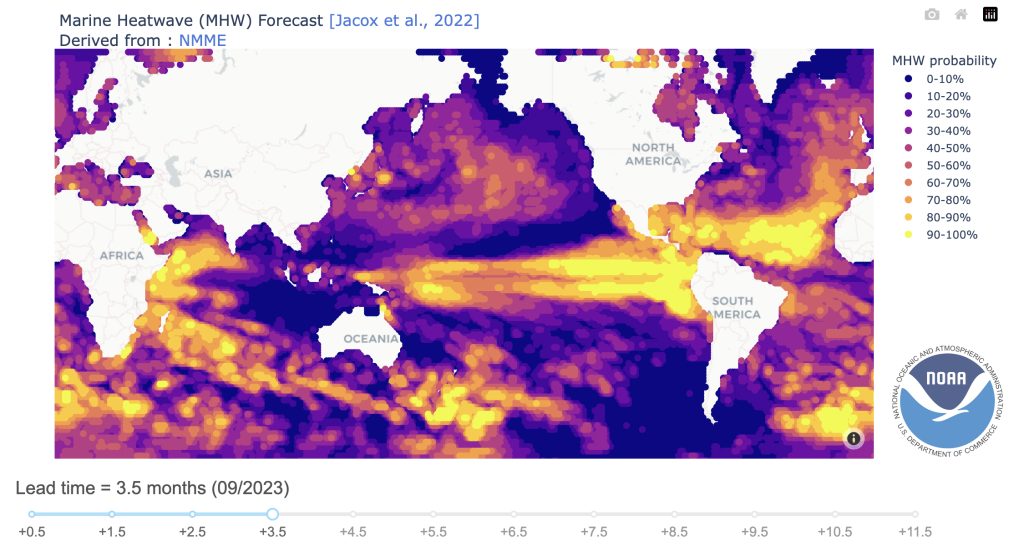

Warming waters are not just found at the surface of the ocean, marine heatwaves can also occur in the deepsea. This year, NOAA scientists have increased efforts to investigate marine heat waves throughout the ocean as well as develop new real-time monitoring capabilities to alert marine resource managers to bottom warming conditions, which could have serious implications on some fisheries.
Ocean Exploration
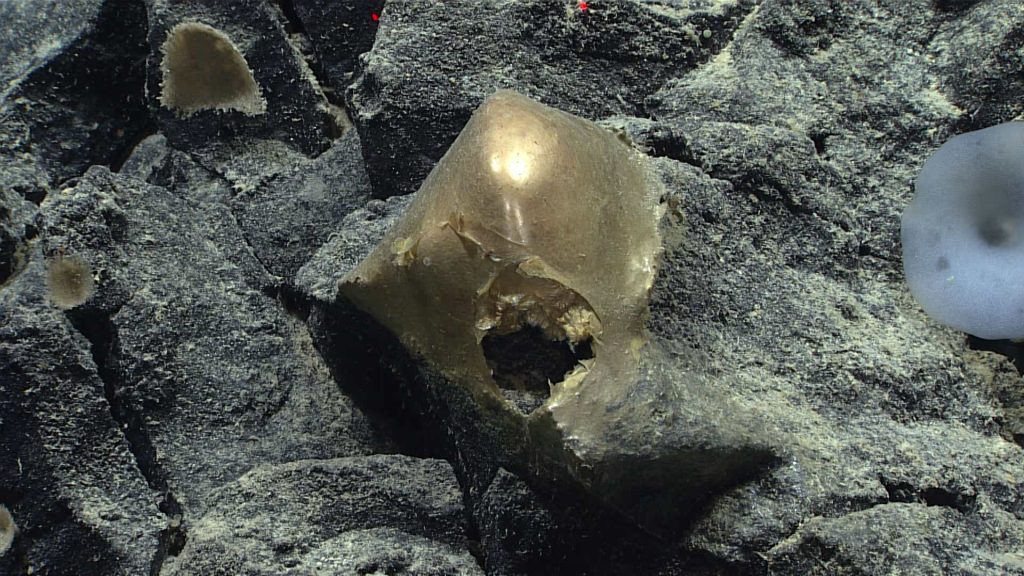

In 2023, NOAA Ocean Exploration led nine expeditions in the Pacific Ocean on NOAA Ship Okeanos Explorer to improve knowledge about unexplored and poorly understood deepwater areas. During these expeditions, scientists discovered multiple species potentially new to science while exploring various communities such as deepsea corals and methane cold seeps. One object, dubbed the golden orb, garnered international intrigue as the find perplexed and inspired an air of creative imagination in many watching the dive live.
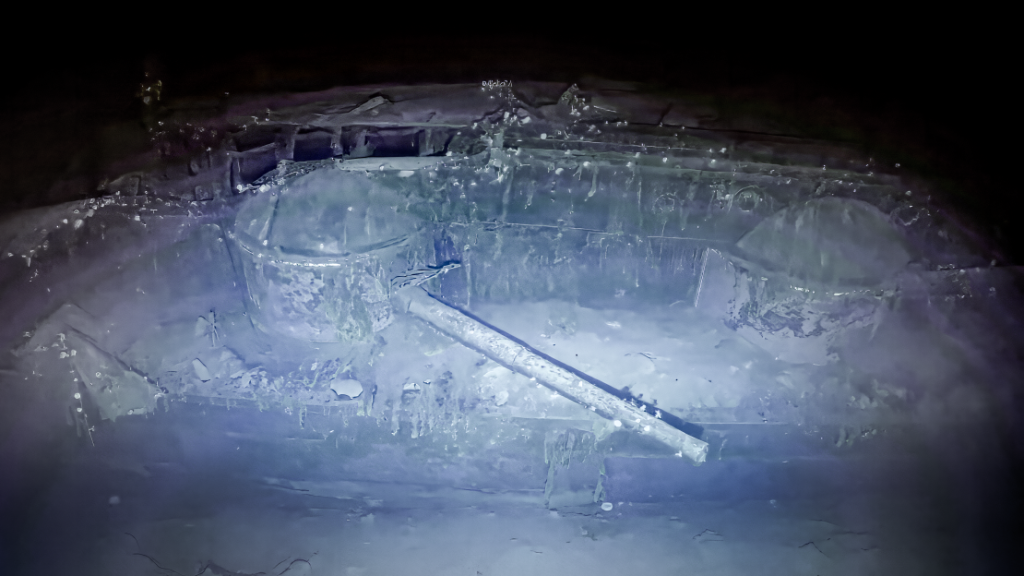

NOAA Ocean Exploration and partners aboard Exploration Vessel (E/V) Nautilus also explored iconic shipwrecks from the Battle of Midway, including three World War II aircraft carriers lost during the Battle of Midway. The surveys were aimed at documenting these historically significant wrecks, examining their condition, and honoring all those who lost their lives on both sides of the battle.
Check out some more stories from the NOAA Ocean Exploration 2023 expeditions:
- Utilizing uncrewed Saildrones to explore remote Alaskan waters
- Exploring ancient caves in Southeast Alaska new technology
- NOAA explores the waters of the proposed Chumash Heritage National Marine Sanctuary
Greenhouse Gas Emissions
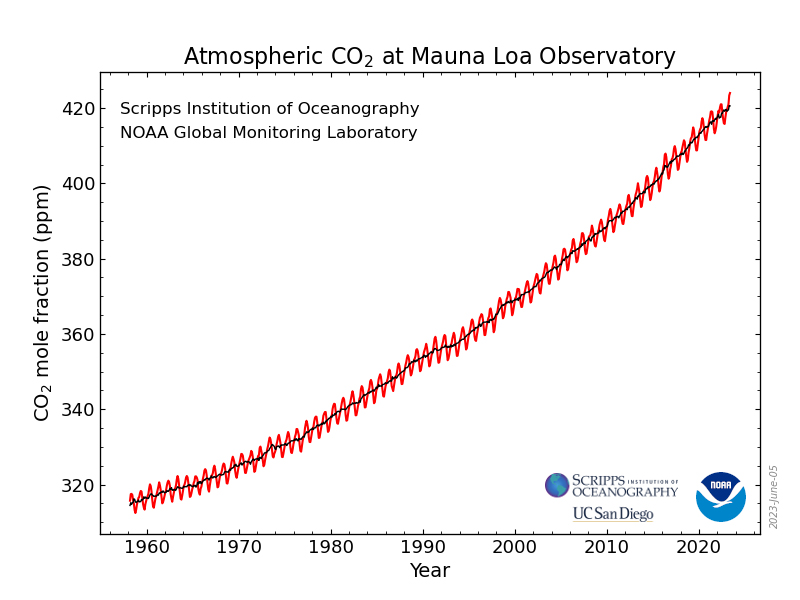

When it comes to greenhouse gasses (GHGs), carbon dioxide plays a major role as it traps heat that radiates from the Earth’s surface. With atmospheric carbon dioxide levels now more than 50% higher than they were before the industrial revolution, and continuously rising, it is important to understand how GHGs are affecting our climate on a global scale. NOAA has GHG monitoring stations around the world tracking various GHG levels and modeling their transport to identify their sources and sinks. This year, NOAA committed these monitoring, modeling, and data analysis capabilities to support the new U.S. Greenhouse Gas Measurement, Monitoring, and Information System strategy, a whole-government effort to reduce GHG emissions.
Greenhouse gas emissions not only impact our climate, but also our local air quality and health. This year, NOAA scientists waited until the sun set to see how local air pollution differs from day to night. They found that emissions from cars and smokestacks go through chemical processes at night that lead to secondary pollutants entering the air. As nations strive to improve air quality, it is important to continue to works towards a clearer understanding of how different pollution control strategies influence both day and nighttime atmospheric chemistry.
Learn more about GHG concentrations and how NOAA monitors them by checking out the stories below:
- NOAA scientist’s patented design expands the limits of atmospheric research
- NOAA and NASA spearhead massive air quality research campaign
- 2023 ozone hole ranks 12th largest on record
Improving Hurricane Forecasting
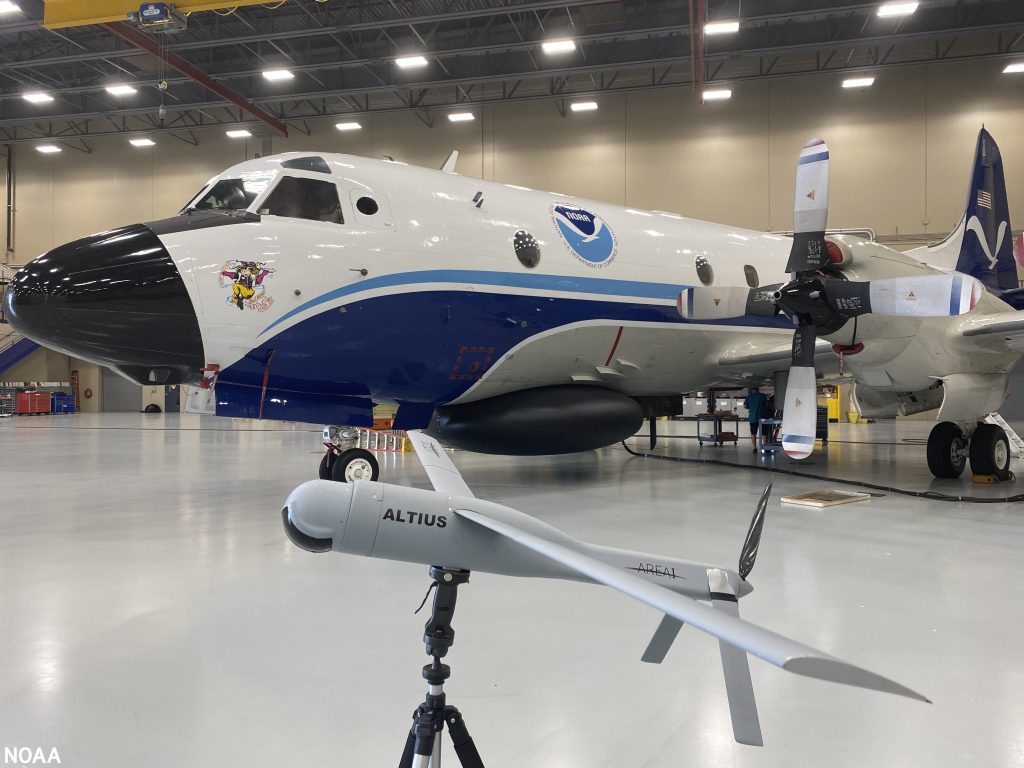

The 2023 hurricane season produced a total of 20 named storms, which ranks fourth for the most-named storms in a year since 1950. Throughout the 2023 season, NOAA scientists and partners utilized groundbreaking technology such as Saildrones, ARGO floats, Altius drones, and more to collect data and observations from areas within tropical cyclones that are often too dangerous for researchers to access. As Hurricanes Franklin and Idalia strengthened in late August, NOAA scientists worked to advance our knowledge of tropical cyclone development, enhance forecasting, and gain greater insight into the environmental conditions at play through the use of strategically placed oceanographic instruments.
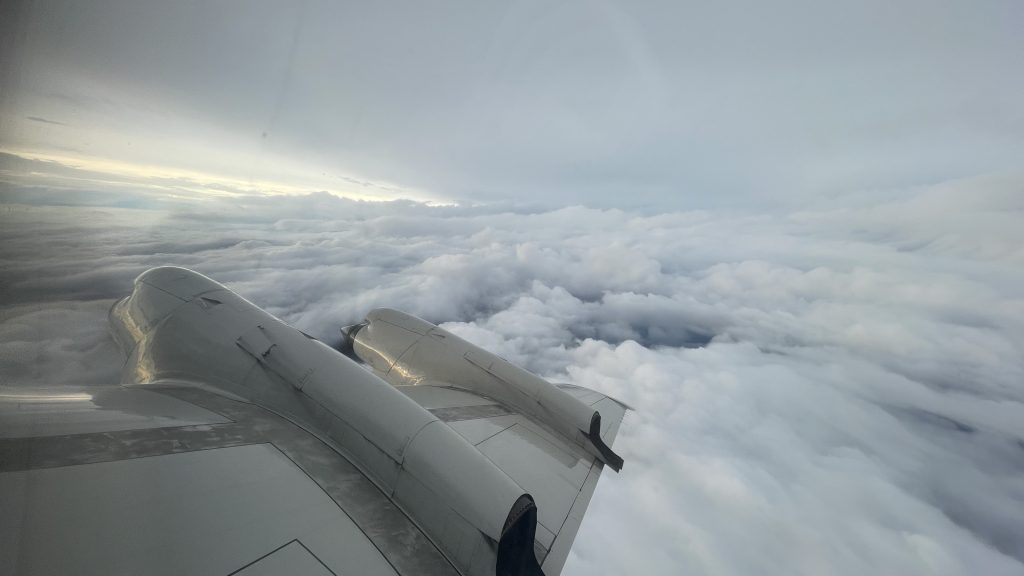

For more information on the 2023 hurricane season, check out these stories:
- NOAA launches new hurricane forecast model for 2023 season
- NOAA Pioneers new ways to advance hurricane forecasting
- NOAA deploys new Black Swift drone into Tropical Storm Tammy
Want to learn more about what happens at NOAA Research? Stay updated on exciting research findings throughout 2024 by following us on Twitter, Facebook, and Instagram!

